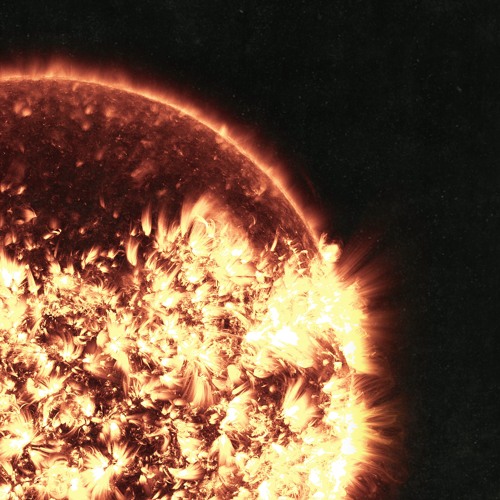

The Sun’s outer layer is called the corona and is the source of solar flares. Properties and Temperature of the Sun’s Photosphere And by 400 km we only receive 4% of the light being emitted. At a depth of 200 km into the photosphere we are still able to see 89% of the light that is emitted. The photosphere is believed to have a thickness of approximately 400 kilometers and is where the transparency of the Sun changes from 100% down to 0%. In other words, a photosphere is the deepest region of a luminous object, usually a star that is transparent to photons of certain wavelengths. The photosphere of the Sun has a temperature of around 6,000°K and is the region in which sunspot activity is located. The Sun’s photosphere is a very thin layer made up of numerous granules (transient convective cells) where hot gases rise and give off light and heat. Stars are made entirely of gas and thus have no surface per se, but the gas beneath the photosphere is opaque, so the photosphere acts as their effective visible surface it is also the boundary from which the Sun’s diameter is measured.

The term itself is derived from Ancient Greek roots, φῶς, φωτός/phos, photos meaning “light” and σφαῖρα/sphaira meaning “sphere”, in reference to the fact that it is a spherical surface that is perceived to emit light. Photosphere is the lowest visible layer of a star, lying beneath the chromosphere and the corona.


 0 kommentar(er)
0 kommentar(er)
